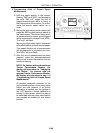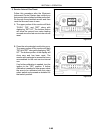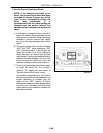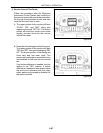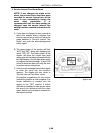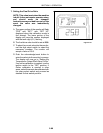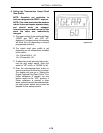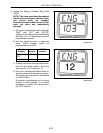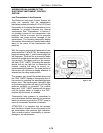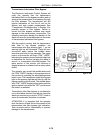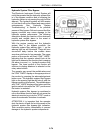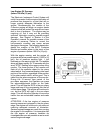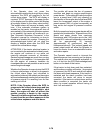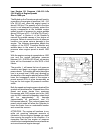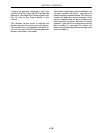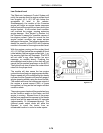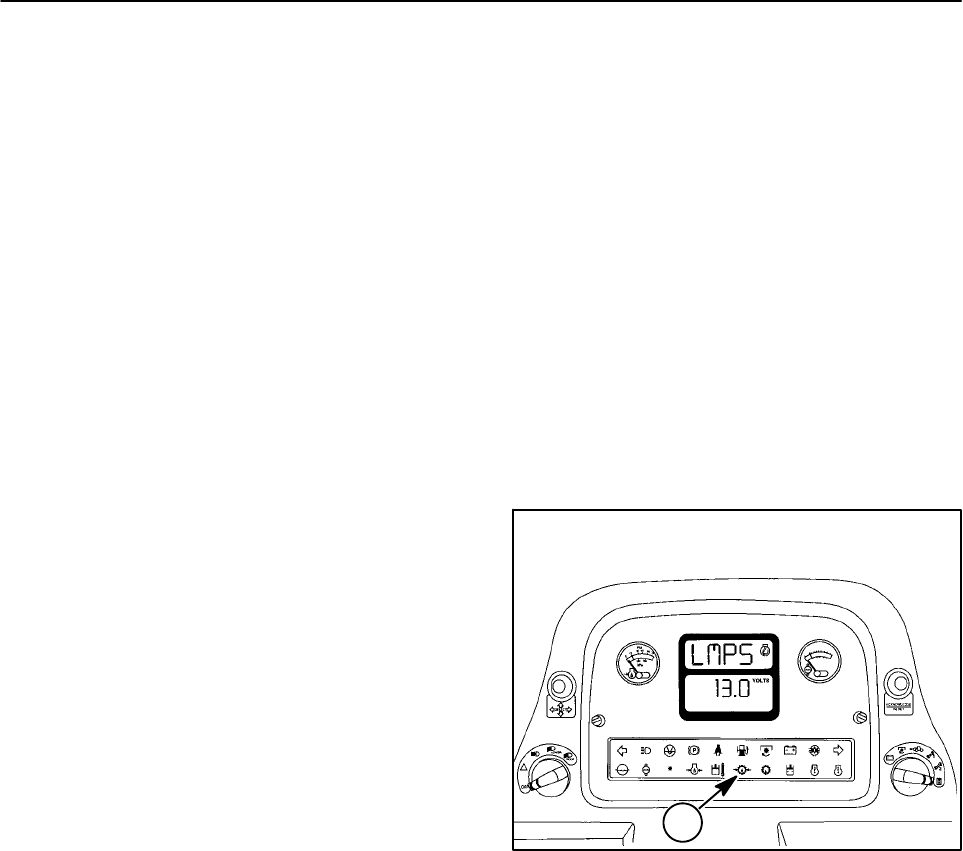
SECTION 2 - OPERATION
2-72
AUDIBLE/VISUAL ALARMS OF THE
ELECTRONIC INSTRUMENT CONTROL
SYSTEM
Low Transmission Lube Pressure
The Electronic Instrument Control System will
notify the operator that the transmission
lubrication pressure is below 21 kPa (3 PSI) and
the quantity of oil entering the transmission is not
adequate to properly lubricate the internal
components. See “Transmission” in Section 4
for possible causes of low transmission lube
pressure. Failure to correct the low pressure
condition can cause serious damage to the
transmission. The following description details
the reaction of the electronic monitor and audible
alarm in the event of low transmission lube
pressure:
With the engine running and transmission lube
pressure below 21 kPa (3 PSI), the transmission
pressure warning light, 1,on the warning light bar
will illuminate. There will be a six-second delay
before the audible alarm sounds a solid tone for
four seconds. The upper portion of the monitor
will flash “CHK” “LMPS,” indicating the operator
should look at the light bar to determine the
function causing the alarm to sound, i.e.,
transmission lube pressure. The lower portion of
the monitor will continue to display whatever is
selected on the rotary select switch.
The operator can cancel the audible alarm and
the “CHK” “LMPS” display on the upperportion of
the monitor by pressing the acknowledge/reset
button once. The transmission lubrication light
on the warning light bar will stay lit until the low
pressure condition is corrected. The audible
alarm and “CHK” “LMPS” display will not return
until the ignition switch is turned to the “OFF”
position and the tractor is restarted.
Transmission lube pressure is considered a
non-critical alarm function and will not cause the
electronic monitor to go into the “STOP” mode or
cause the automatic shutdown to activate.
ATTENTION: It is important that the operator
shut the tractor off and find out the cause of the
low transmission lube pressure light indication.
Take corrective action immediately to prevent
damage to the transmission.
Figure 2-105
1



